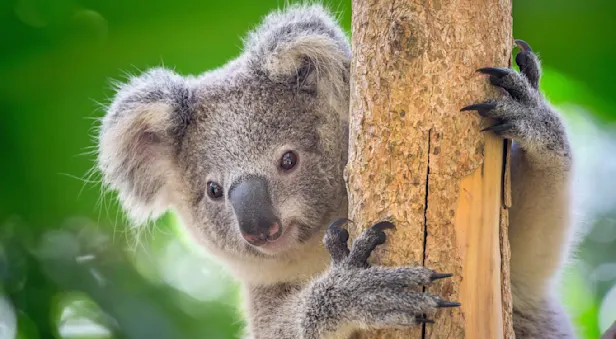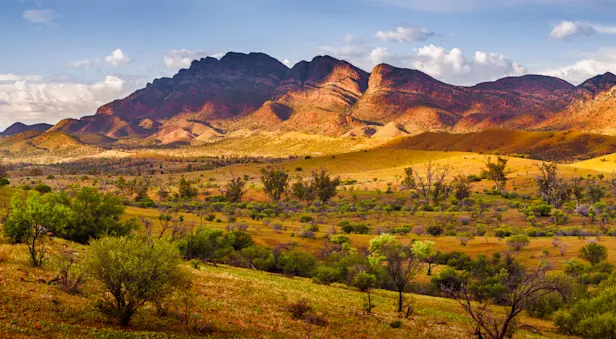Conservation | Habitat Management in Southern Australia
In 2019, Australia was ravaged by devastating bushfires, the likes of which the nation had never seen. Fueled by record-breaking temperatures and months of severe drought, these massive bushfires burned more than 26.4 million acres—an area nearly as large as the state of Virginia.
Dozens of people—including several volunteer firefighters—died. Thousands of homes, livelihoods, and buildings were destroyed. Estimates suggest that more than 1.25 billion animals were killed directly or indirectly by the fires. This loss includes thousands of koalas and other iconic animals, such as kangaroos, wallabies, gliders, potoroos, cockatoos, and honeyeaters.
Many forests will take decades to recover, and the crisis is potentially pushing some animals closer to the brink of extinction.
WHY ARE THE FIRES SO DEVASTATING?
The climate crisis does not cause bushfires, but it does make them worse. The 2019 bushfire catastrophe is far from normal.
Australia was experiencing more frequent and intense heatwaves and prolonged dry periods that created tinder box conditions. And global warming made droughts and fires hotter and more frequent that season.
We must all do our part to protect our world from climate disaster; failure to act will make extreme weather standard, with deadly consequences for people and nature.
WHAT WWF IS DOING
Over the last 40 years, WWF has worked on species conservation and habitat and landscape management across Australia, in partnership with traditional owners, communities, nonprofits, scientists, businesses, and governments. Together, we will work to:
—Address immediate needs. WWF responded to the urgent needs of partners dealing directly with fire impacts, including wildlife response organizations, communities, and scientists. Activities were varied but include providing extensive care to injured koalas and other species.
—Recover critical habitats. Informed by climate science, WWF is working to restore, connect, and protect forests and other habitats. WWF is also engaging Indigenous and rural communities to improve the management of critical ecosystems and fire response.
—Prepare for future emergencies. WWF seeks to ensure recovery, reconstruction, and management responses to promote resiliency, incorporate natural infrastructure, help mitigate climate change, andwork towards securing Australia’s natural resources for people and nature over the long term.
ONGOING EFFORTS TO SAFEGUARD AUSTRALIA’S NATIVE SPECIES
Eucalyptus trees, often called gum trees for the oozing sap they exude when damaged, are one of Australia’s most iconic species and can be found throughout all but the continent’s driest landscapes. In the forests along eastern Australia’s coastal belt, spotted gum is recognizable by its distinctive bark. During the summer, these trees shed their bark in patches, revealing a smooth, cream-colored layer beneath, which gives them a mottled, camouflage-like appearance.
A unique characteristic of many eucalyptus forests, which cover more than three-quarters of Australia’s total native forest area, is their ability to withstand fires. But the 2019–20 bushfire season was so catastrophic that even these hardy trees—including ones in forests already compromised by deforestation and sustained drought—suffered shocking losses. That devastation profoundly impacted Australia’s vulnerable koalas, as well as countless other native animals for which forests provide vital food and habitat. New South Wales, for instance, lost an estimated one-third of its total koala population.
In response, WWF—with special thanks to generous supporters from around the world—is working to restore and protect Australia’s native habitats, provide care for injured wildlife, and help prepare people and nature for what lies ahead.
Travel to Australia with Nat Hab & WWF

Australia South: Tasmania, Kangaroo Island & the Great Ocean Road
Discover the diverse landscapes and ecology of far-south Australia as we explore four national parks and a host of private nature reserves teeming with endemic and endangered wildlife.



































